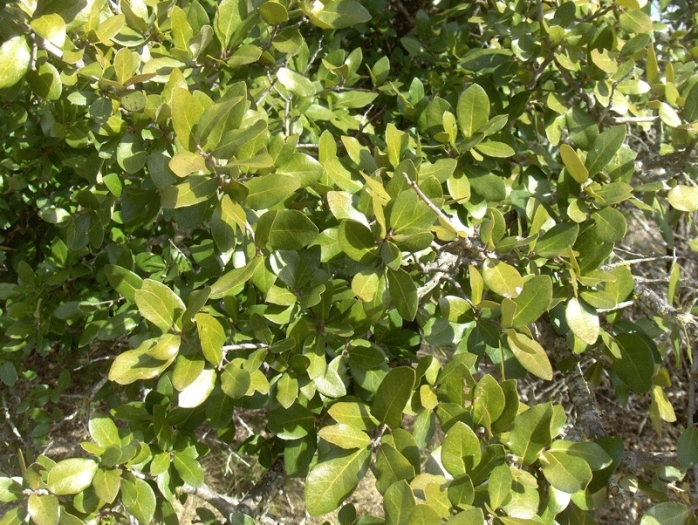Texas Live Oak
(Quercus fusiformis)
Texas Live Oak (Quercus fusiformis)
/
/

homeredwardprice
CC BY 2.0
Image By:
homeredwardprice
Recorded By:
Copyright:
CC BY 2.0
Copyright Notice:
Photo by: homeredwardprice | License Type: CC BY 2.0 | License URL: https://creativecommons.org/licenses/by/2.0 | Uploader: Pixeltoo | Publisher: Wikimedia Commons | Title: Quercus_fusiformis.jpg | Notes: |

















































Estimated Native Range
Summary
Quercus fusiformis, commonly known as Texas Live Oak, is an evergreen tree or large shrub native to the open woodlands, savannas, and grasslands of the South Central United States and Northern Mexico. It is particularly adapted to the Edwards Plateau and Coastal Plains. This species is renowned for its majestic form, with a broad, spreading canopy and a height typically ranging from 30 to 50 feet (9 to 15 meters), though it can reach up to 70 feet (21 meters) in ideal conditions. The Texas Live Oak is notable for its dark green, leathery leaves and its ability to produce acorns every year, unlike many other oaks that produce biennially. Its bark is dark and furrowed, adding to its stately appearance.
Texas Live Oak is valued for its exceptional drought tolerance, making it an excellent choice for xeriscaping and water-wise gardens. Its ability to withstand urban pollution and compacted soils makes it a popular choice for urban planting, streetscapes, and as a shade tree in residential areas. The tree’s dense foliage provides habitat and food for wildlife, including birds and squirrels. While it is slow-growing, its longevity and evergreen nature offer year-round interest. Gardeners should be aware that the tree’s extensive root system can be problematic if planted too close to structures or pavement. It is also susceptible to oak wilt, a serious fungal disease. Despite these concerns, the Texas Live Oak’s resilience and beauty make it a favored ornamental tree in warmer climates.CC BY-SA 4.0
Texas Live Oak is valued for its exceptional drought tolerance, making it an excellent choice for xeriscaping and water-wise gardens. Its ability to withstand urban pollution and compacted soils makes it a popular choice for urban planting, streetscapes, and as a shade tree in residential areas. The tree’s dense foliage provides habitat and food for wildlife, including birds and squirrels. While it is slow-growing, its longevity and evergreen nature offer year-round interest. Gardeners should be aware that the tree’s extensive root system can be problematic if planted too close to structures or pavement. It is also susceptible to oak wilt, a serious fungal disease. Despite these concerns, the Texas Live Oak’s resilience and beauty make it a favored ornamental tree in warmer climates.CC BY-SA 4.0
Plant Description
- Plant Type: Tree
- Height: 30-50 feet
- Width: 20-40 feet
- Growth Rate: Moderate
- Flower Color: N/A
- Flowering Season: Fall
- Leaf Retention: Evergreen
Growth Requirements
- Sun: Full Sun, Part Shade
- Water: Low
- Drainage: Fast, Medium
Common Uses
Bee Garden, Bird Garden, Butterfly Garden, Drought Tolerant, Low Maintenance, Rabbit Resistant, Street Planting
Natural Habitat
Native to the open woodlands, savannas, and grasslands of the South Central United States and Northern Mexico
Other Names
Common Names: Escarpment Live Oak , Plateau Live Oak , Plateau Oak
Scientific Names: Quercus fusiformis , Quercus virginiana var. fusiformis , Quercus virginiana subsp. fusiformis , Quercus virginiana var. macrophylla , Quercus oleoides var. quaterna , Quercus virginiana f. macrophylla
GBIF Accepted Name: Quercus fusiformis Small